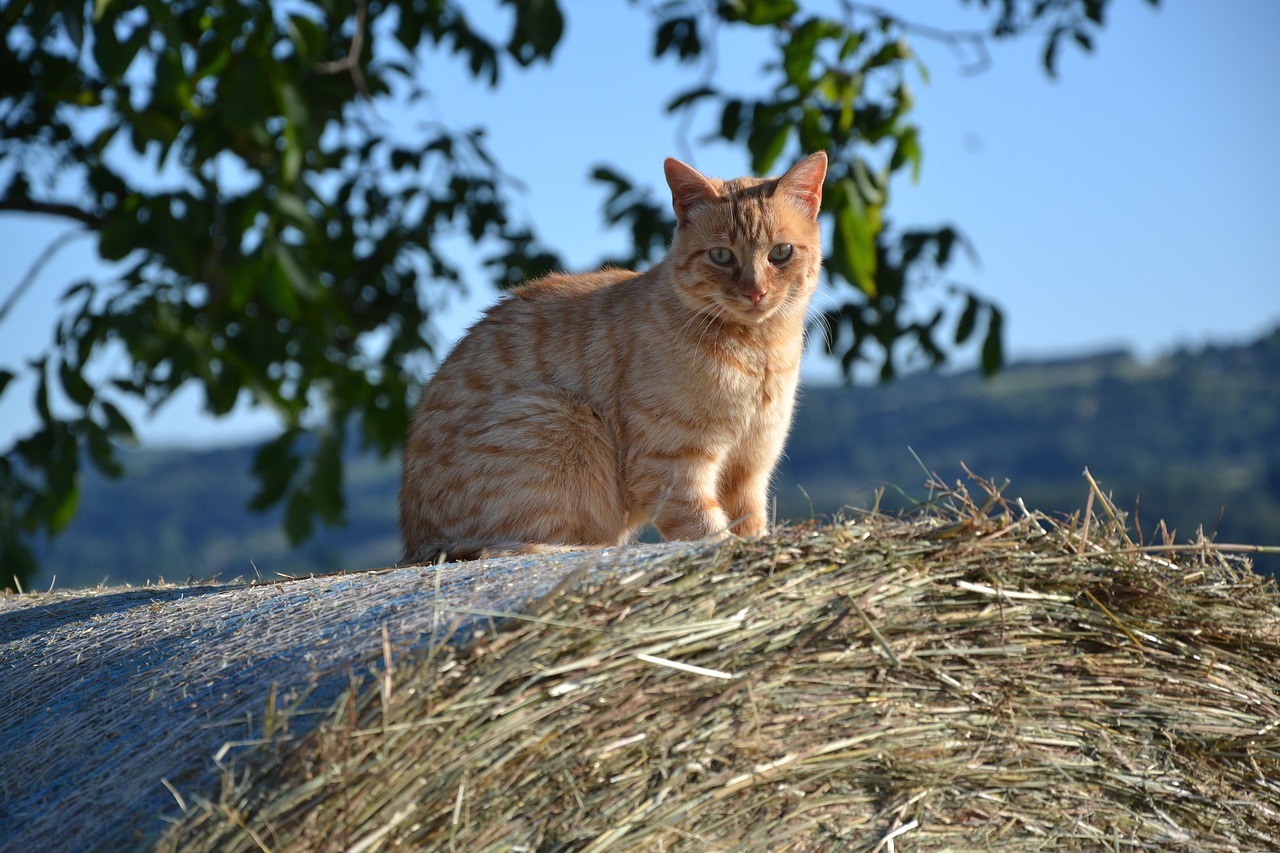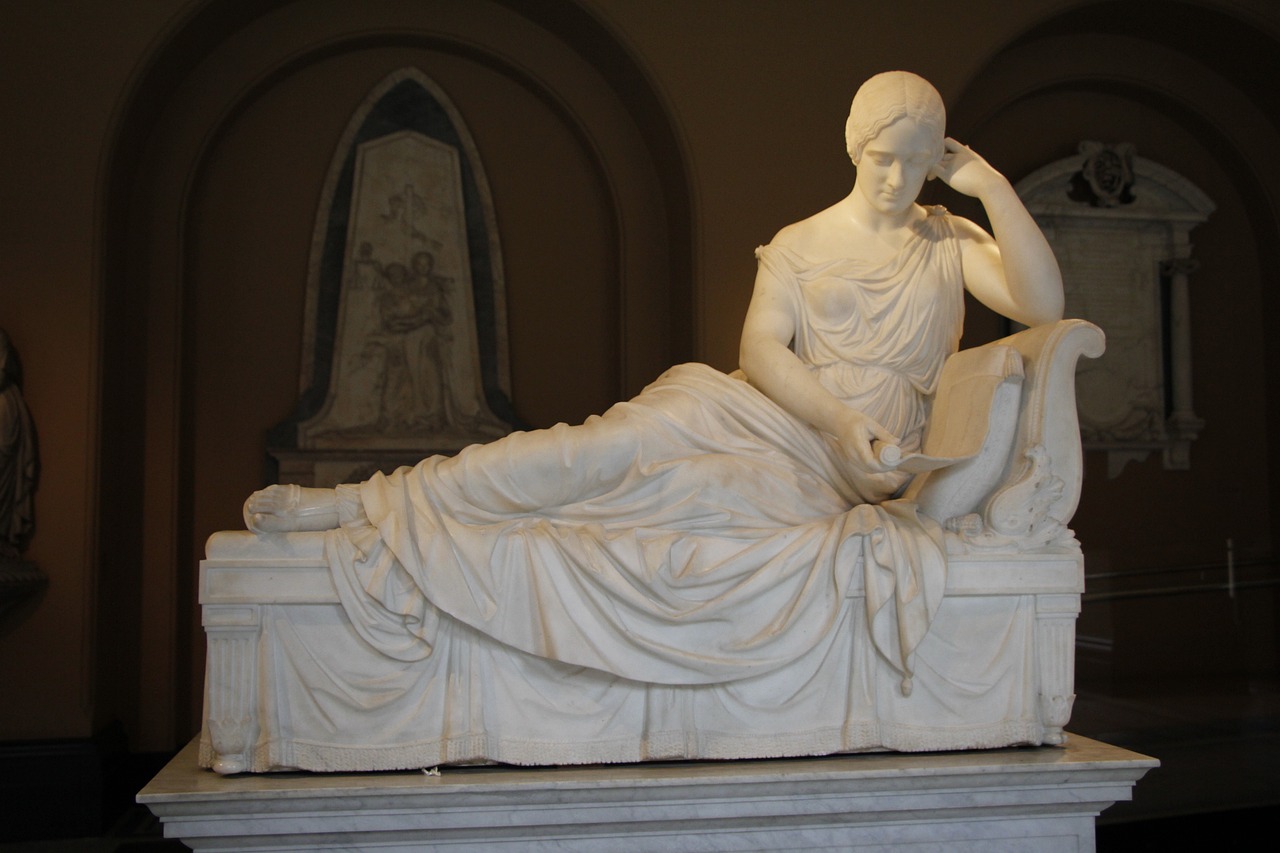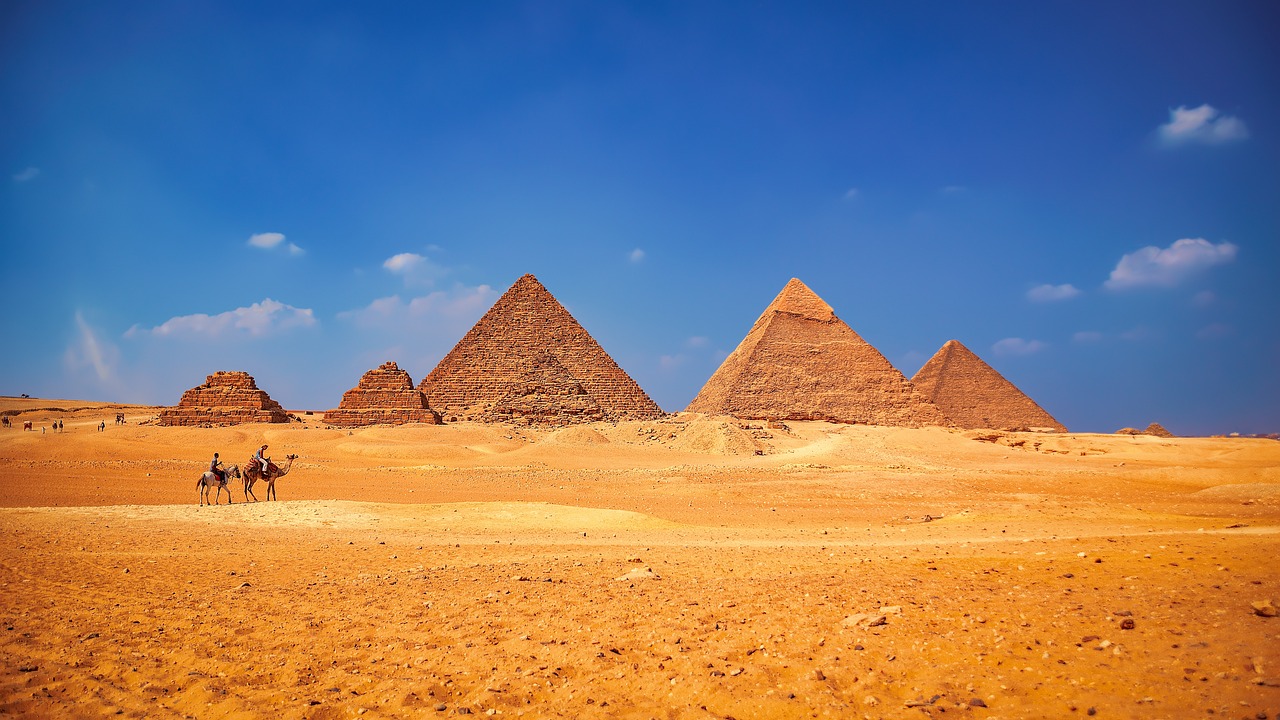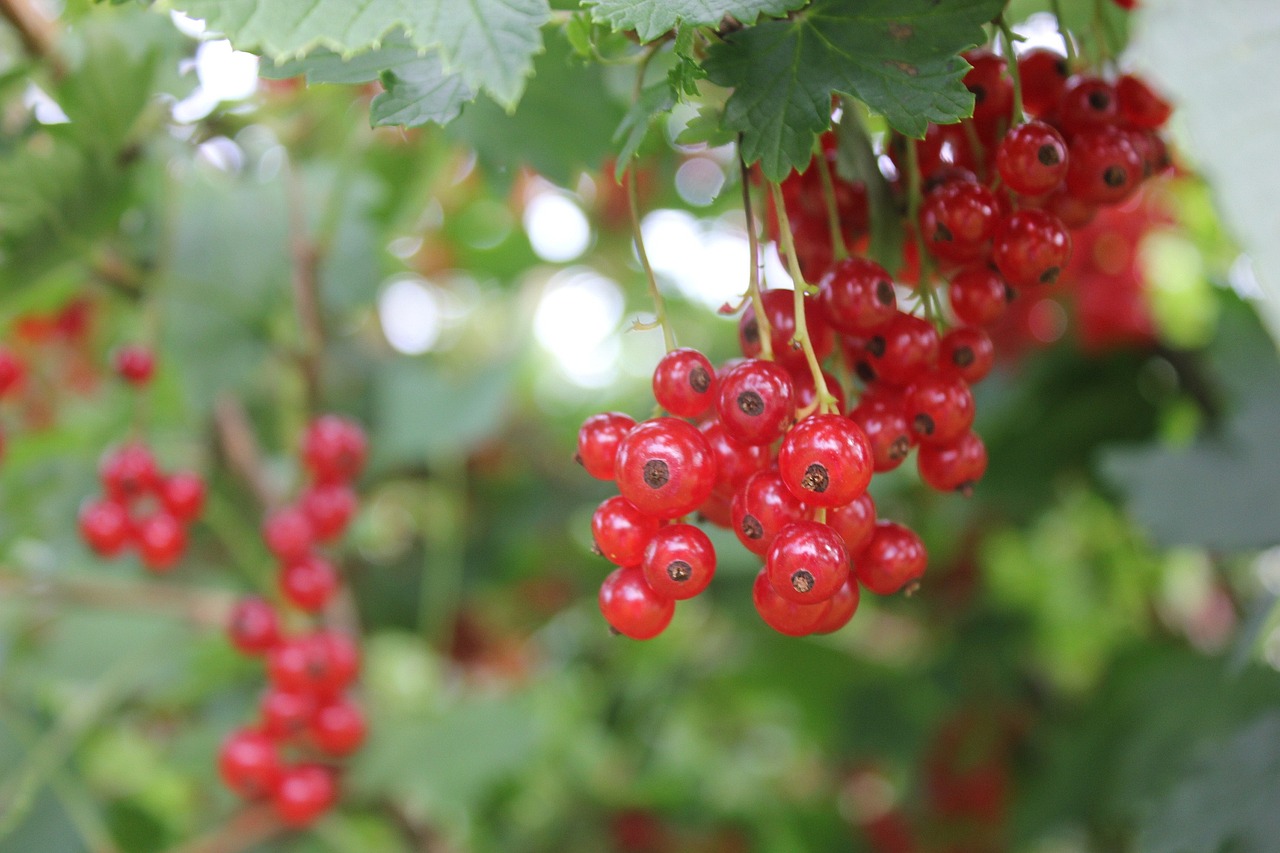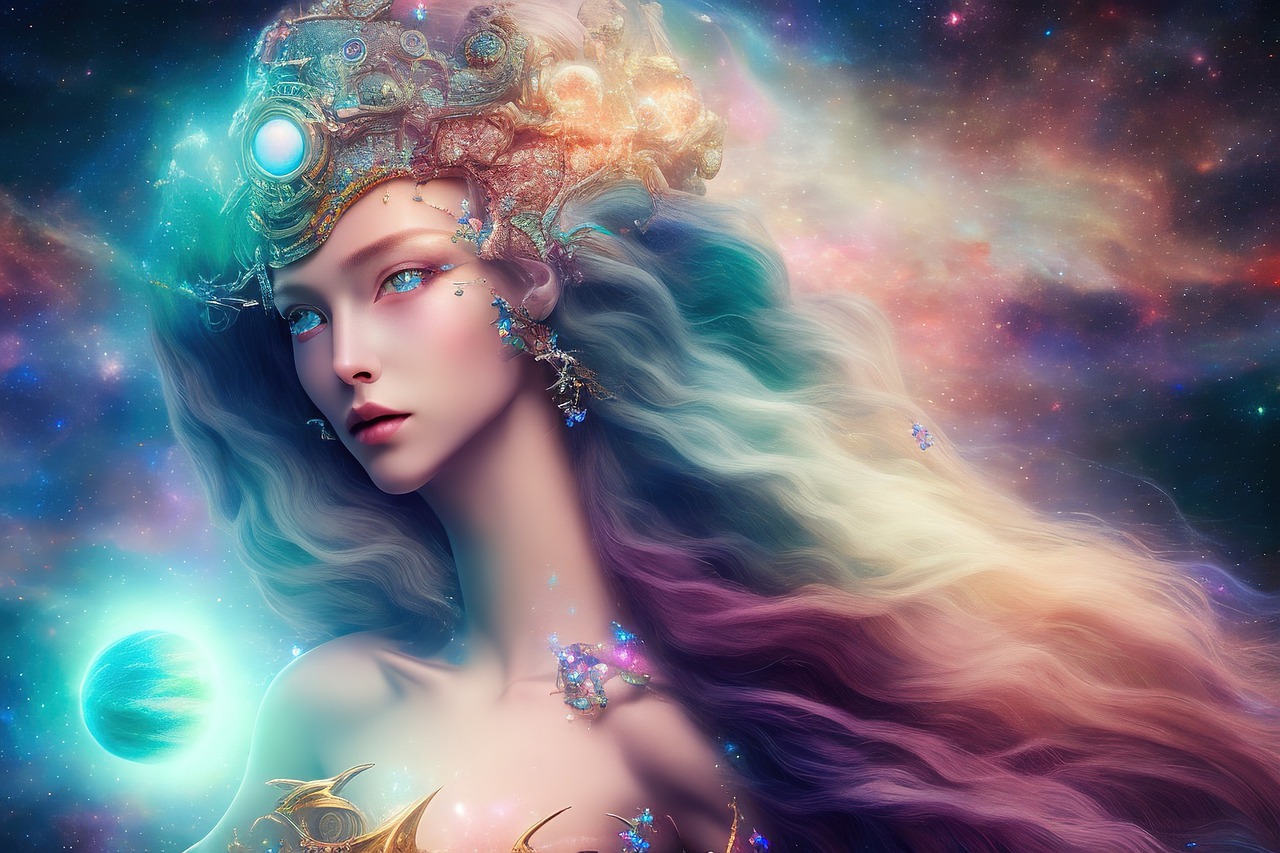Tag: ancient Egypt
-
Archaeological Discoveries Illuminate Worship Practices of Hathor in Ancient Egypt Recent excavations in the ancient city of Buto, located in Kafr El-Sheikh province to the north of Cairo, have unveiled an impressive array of relics linked to the worship of the goddess Hathor. Undertaken by the Egyptian Ministry of Tourism and Antiquities, the discovery by…
-
Anhur: The Egyptian God of War Anhur, also known as Onuris, is an important deity in ancient Egyptian mythology, revered as the god of war and protector of both the army and hunters. Recognized for his impressive stature, Anhur is commonly portrayed as a man adorned with a distinctive tall crown of four ostrich feathers.…
-
Ra: The Sun God of Ancient Egypt Ra, also known as Re, represents one of the most ancient and essential deities within the ancient Egyptian pantheon. Over time, this solar god became intertwined with other significant figures such as Horus, culminating in the composite deity Ra-Horakhty, which signifies the morning sun. Ra is also connected…
-
Apophis, often referred to as Apep, is recognized as the Great Serpent and the nemesis of the sun god Ra within the framework of ancient Egyptian beliefs. Ra’s formidable solar barque traversed the sky from dawn to dusk before descending into the underworld. Throughout its nightly journey, it faced attacks from Apophis, whose aim was…
-
In the context of ancient Egyptian beliefs, Re was revered as the sun deity and creator god, playing an integral role in their mythology. It was thought that he journeyed across the heavens in a solar bark by day and traversed the underworld in another vessel during the night. To be reborn each day, he…
-
Glencairn Museum houses a substantial collection of ancient Egyptian artifacts, including a significant number of magical amulets dedicated to the goddess Taweret, who is depicted as a hippo. Taweret, whose name translates to “The Great [Female] One,” served as a crucial protector for women during pregnancy and childbirth. Her formidable appearance, merging traits from the…
-
Renenutet, also known as Renenet or Ernutet, was a formidable deity revered in ancient Egyptian culture as the embodiment of nature’s bounty. Frequently referred to as the “Lady of Fertile Fields” and the “Lady of Granaries,” she was also recognized as a Cobra Goddess, dubbed the “Nourishing Snake,” symbolizing sustenance and harvest. Artistic representations of…
-
Horus, a prominent deity in ancient Egyptian belief, is depicted as a falcon, with his right eye symbolizing the sun or morning star—indicative of strength and essence—and his left eye representing the moon or evening star, signifying healing. The veneration of Horus can be traced back to the late predynastic era and was prevalent throughout…
-
Life in ancient Egypt revolved around the annual flooding of the Nile, which significantly enhanced the fertility of the land. This fundamental relationship is reflected in the religious beliefs centered around the crocodile deity, Sobek. Although Sobek began as a local figure, his importance surged to new heights during the Middle Kingdom, impacting politics and…
-
Renenutet, also known as Renenet or Ernutet, was a revered goddess in ancient Egyptian mythology. Emblematic of nature’s fertility, she was affectionately dubbed the “Lady of Fertile Fields” and the “Lady of Granaries.” Renenutet also represented nourishment through her identity as the Cobra Goddess or the “Nourishing Snake,” symbolizing both sustenance and the bounty of…



